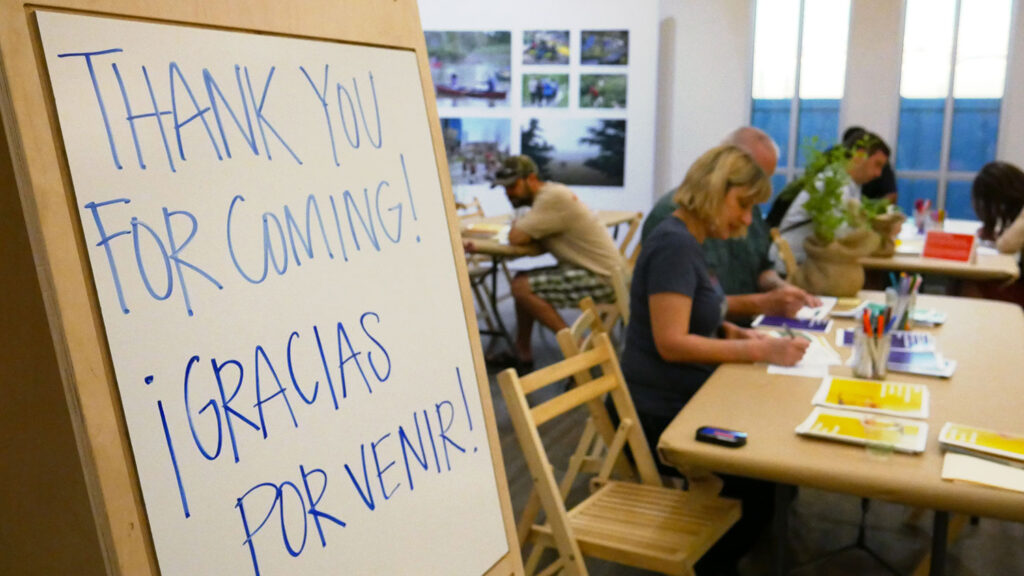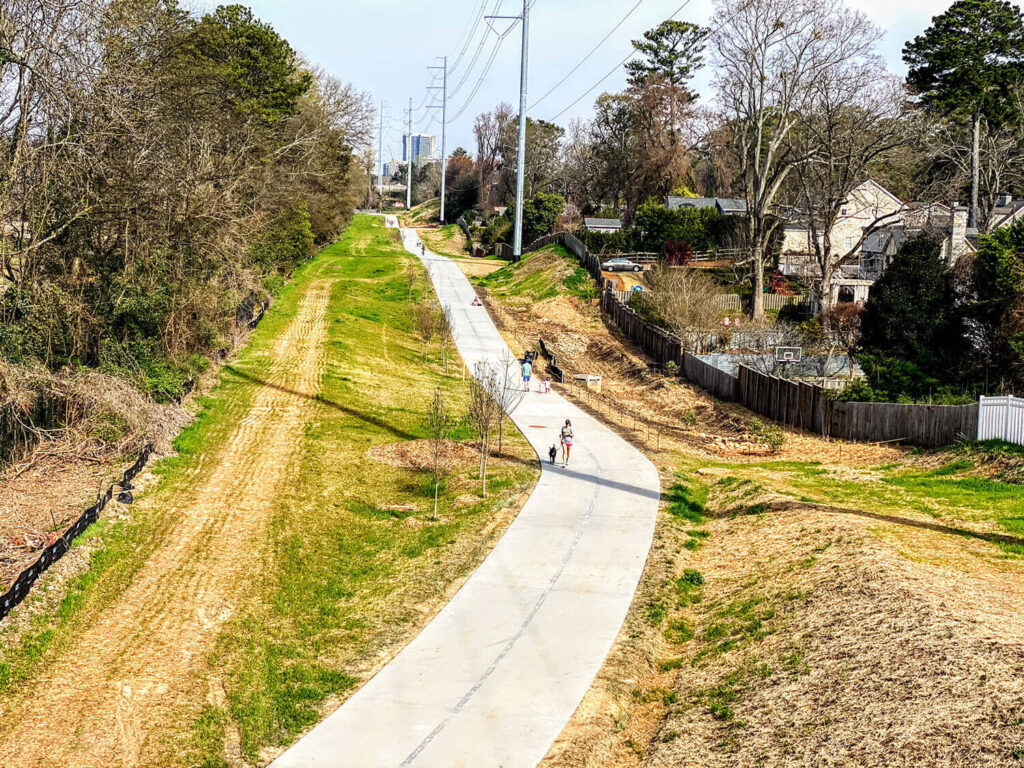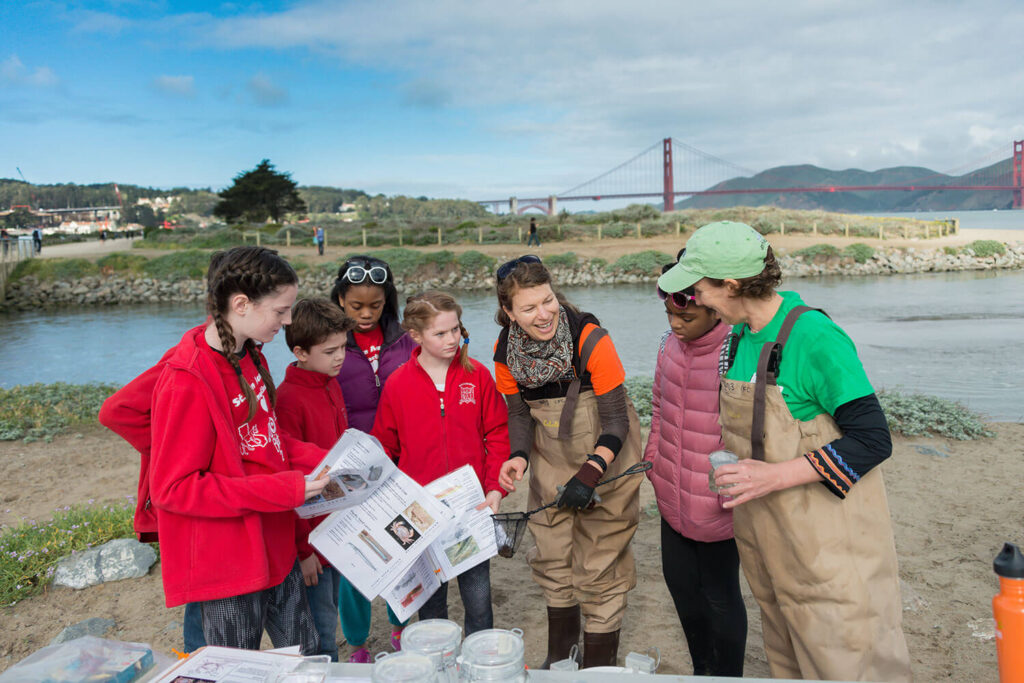Would you like to showcase your own work to embed equity in your infrastructure reuse project?
Combining Metrics to Measure Progress

Equitable development workshop sessions. Credit: Trinity Park Conservancy.
Trinity Park Conservancy has set out to do much more than check off boxes on their way to embedding equity.
Their October 2019 equitable development plan outlines equity-focused priorities for Harold Simmons Park in Dallas, the first project in their Trinity River waterfront revitalization. And to clearly measure their progress, they combine qualitative and quantitative metrics. The effort requires much more than posting someone at a meeting door with a clicker counter. For example, rather than tracking the number of meetings or participants per event, they track the recurrence of participants. In this way, they can assess the depth of engagement.
Another useful metric: the number of community-originated program ideas. Not only do they monitor how ideas are generated, but also whether they are funded or implemented. Such quantitative-plus-qualitative tracking offers valuable insight into whether the Conservancy’s own structure is designed to incorporate community decision-making power. Since participating in the High Line Network’s embedding equity pilot, they have greatly increased the number of community members serving on committees.
“Harold Simmons Park is a transformational project for the City of Dallas, and the Conservancy wants to work with community partners to make sure that the community surrounding the Park is able to participate in the economic opportunities that it will bring,” says President and CEO Tony Moore.
Project Org
Trinity Park ConservancyRelated Toolkit Section
Ensure ProgressRelated Tool
TRACK YOUR WORKTrinity Park Conservancy has set out to do much more than check off boxes on their way to embedding equity.
Their October 2019 equitable development plan outlines equity-focused priorities for Harold Simmons Park in Dallas, the first project in their Trinity River waterfront revitalization. And to clearly measure their progress, they combine qualitative and quantitative metrics. The effort requires much more than posting someone at a meeting door with a clicker counter. For example, rather than tracking the number of meetings or participants per event, they track the recurrence of participants. In this way, they can assess the depth of engagement.
Another useful metric: the number of community-originated program ideas. Not only do they monitor how ideas are generated, but also whether they are funded or implemented. Such quantitative-plus-qualitative tracking offers valuable insight into whether the Conservancy’s own structure is designed to incorporate community decision-making power. Since participating in the High Line Network’s embedding equity pilot, they have greatly increased the number of community members serving on committees.
“Harold Simmons Park is a transformational project for the City of Dallas, and the Conservancy wants to work with community partners to make sure that the community surrounding the Park is able to participate in the economic opportunities that it will bring,” says President and CEO Tony Moore.
Share this Case Study

